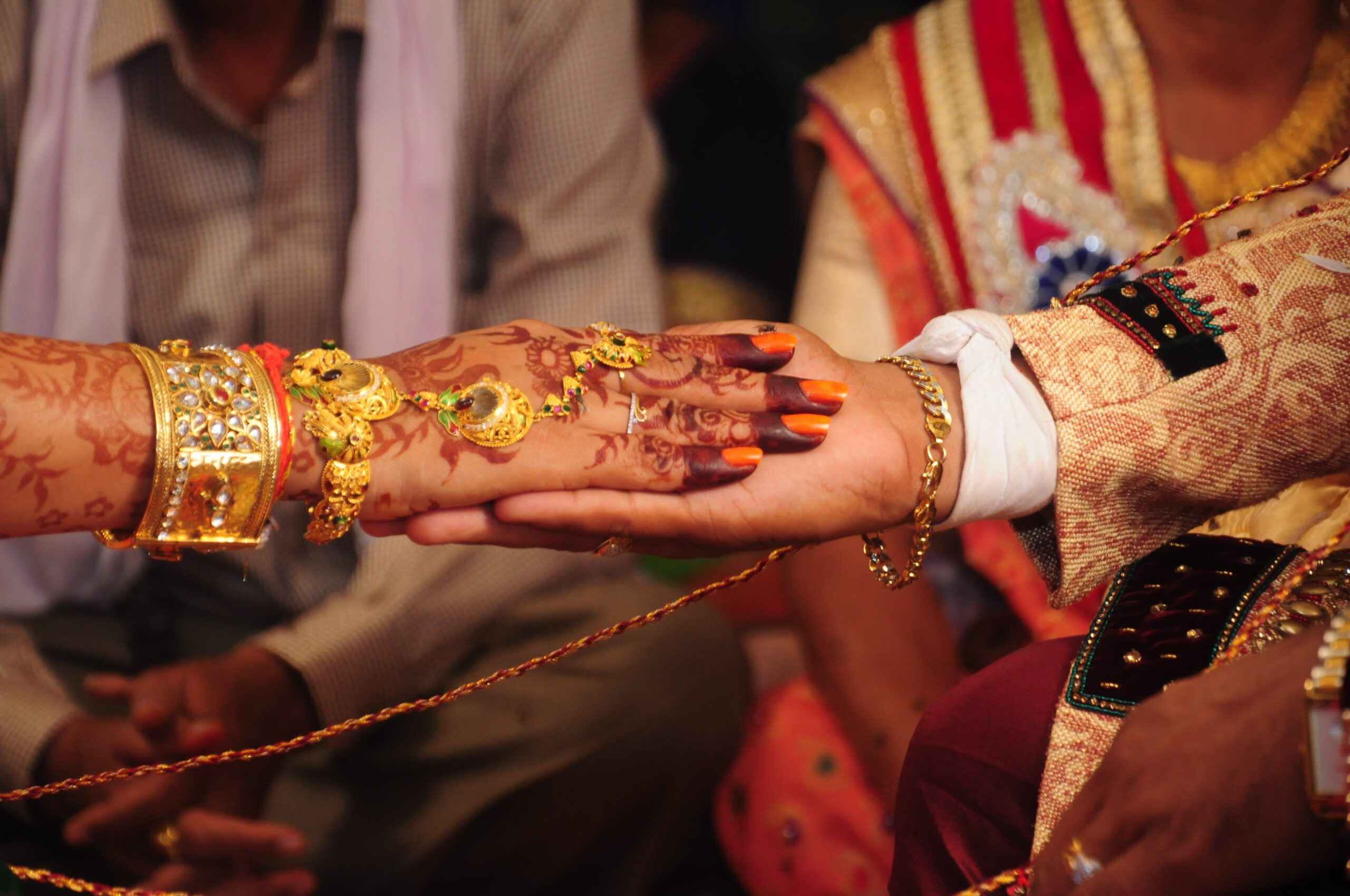It is not only a topic for debate or conversation within Telugu-speaking regions and other areas of India, but it is also a topic for research into how a small 5% population of Kammas has achieved so much power or control in all facets of their corporate, political, and social lives. This even piqued the interest of Western researchers and historians, who travelled to Telugu states, as well Tamilnadu and Karnataka, to conduct in-depth research on what distinguishes the Kammas from other cultures in achieving such enormous and widespread success. Furthermore, Kammas’ enormous development and authority have drawn the ire of other towns, prompting several villages to stop transferring territories to Kammas. The question here is how a socioeconomic class of marginal farmers and landless labourers 50 years ago progressed to this stage.
Profound observations and research on how Kammas evolved over centuries to achieve today’s successful subsistence level revealed intriguing characteristics. Since the time information was known, the Kammas have always retained their power over agrarian resources, such as land and water, a tradition that has helped the community prosper politically, economically, and socially. Kammas, being primarily a village-centric community, wielded considerable power over the village economy, taking advantage of their position as landlords. The emphasis placed on agriculture during the original five-year plans, as well as the government’s emphasis on the Green Revolution following independence, provided a shot in the arm for the Kammas, allowing them to further cement their agricultural strength. More than any other agrarian group, the Kammas have a legitimate and justified claim to be recognized for pioneering contemporary state-of-the-art agricultural technologies and processes.
However, the type of influence they have is quite disproportionate to their small population size. Their hardworking character, willingness to take risks, and progressive ideals, as well as the focus placed on education, culture, and the arts over time, add value to their strength and might. The priority Kammas places on education has allowed him to gradually diversify into a variety of vocations such as commerce, art, sports, trading, publishing, media, entertainment, and others. There are very few communities in India that have such a diverse exposure.
Economic reforms in the early 1990s, as well as the entry of information technology into the global corporate environment, opened avenues for Indian engineers. The Kammas, once again, enjoyed first mover advantage since they never compromised when it came to their children’s education. Most families, regardless of financial resources, encouraged their children to pursue further education after the 1980s, and the majority of them chose engineering. When private schools were not introduced in Andhra Pradesh, engineering universities in Maharashtra, Karnataka, and Tamil Nadu relied heavily on students from AP. Engineers from the Kamma community took full advantage of the increased prospects in information technology, landing positions both nationally and globally. It would not be an exaggeration to say that the majority of Telugus in the United States are from the Kamma group. Those who have migrated to other nations have not only achieved their ambitions, but are also helping their relatives back home and doing a lot of good work in their villages and birthplaces. They are assisting their families and friends in selecting appropriate educational options and obtaining employment. Furthermore, these triumphant Kammas’ kind and empathetic approach to society can be witnessed in their financial aid to impoverished students, restoration of decrepit temples in their communities, and construction of new temples. Some non-resident Indians (NRIs) are also politically active.
The ability to adapt to changing conditions allowed the Kamma community to advance by leaps and bounds in comparison to other communities.
According to the Indian culture, the matchmaking process is majorly performed by elderly people like parents, relatives, and friends. India being such a largely populated country with different religions, castes, and sub-castes, the process of matchmaking is a kind of difficult task to be handled along with every day’s busy schedule. Marriages are made in heaven and your life partner is a gift from God to enjoy the journey, struggle in any difficult situation, and arrive at every destination with togetherness. Subhamastu is the best Kamma Marriage Bureau especially for the Kamma People to help you find your soulmate




